Non-Surgical Rhinoplasty
Rhinoplasty is the proper term for a nose job. In non-surgical rhinoplasty, injectable fillers are used to reshape the nose. By adding volume to certain areas, a good practitioner can straighten a hooked nose, lift a drooping nose tip, balance out a wonky bridge by disguising prominent bumps, and much more. The procedure is quick and painless – and significantly cheaper than a surgical nose job – but while the results are both immediate and impressive, they are also temporary, and some people may be unsuitable for the non-surgical approach. Scroll down for all the FAQs about non-surgical rhinoplasty.
Because this procedure uses fillers, I’d encourage you to read through the downloadable dermal fillers factsheet, which covers a number of very important safety issues, all of which apply here as well. In short, you should bear in mind that fillers are currently woefully under-regulated and this makes it incredibly important to find a good practitioner whom you can really trust.
CATEGORY
Injectables
EXPECT TO PAY
£ 1000
TWEAKMENT TIME
15 - 40 minutes
LONGEVITY
Up to 2 years
ANAESTHESIA
Numbing cream
DOWNTIME

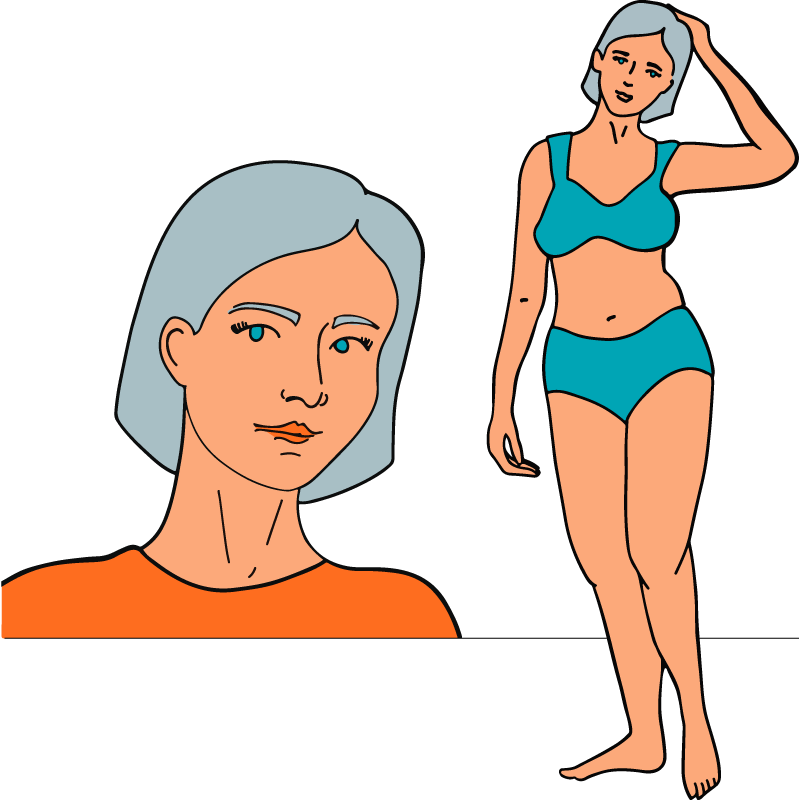

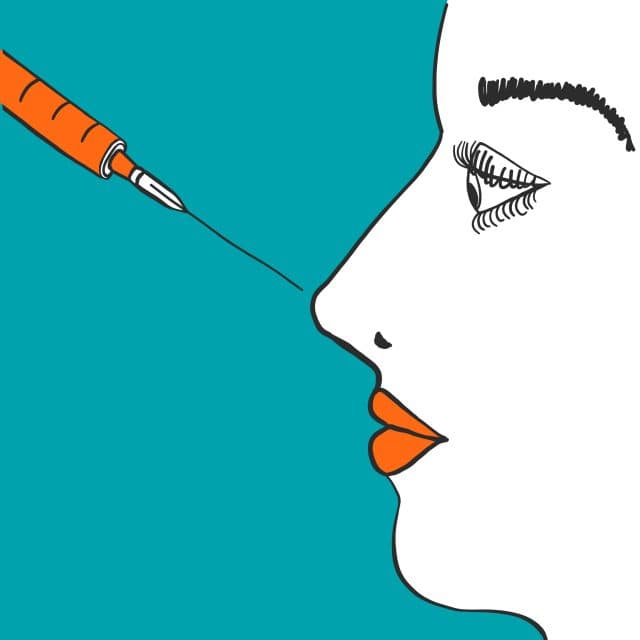
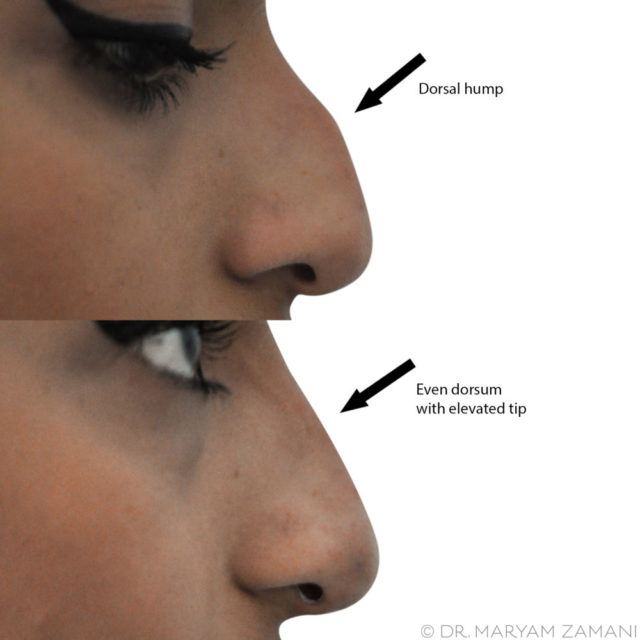
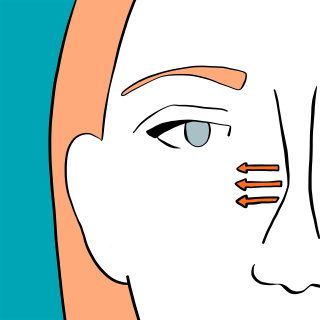
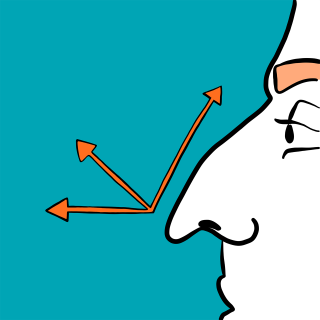
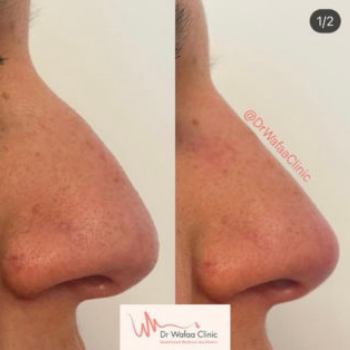
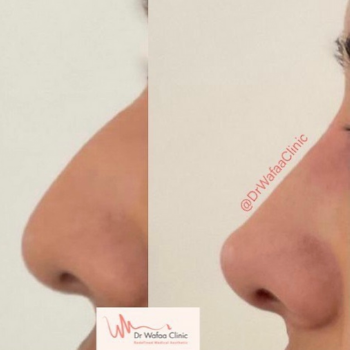
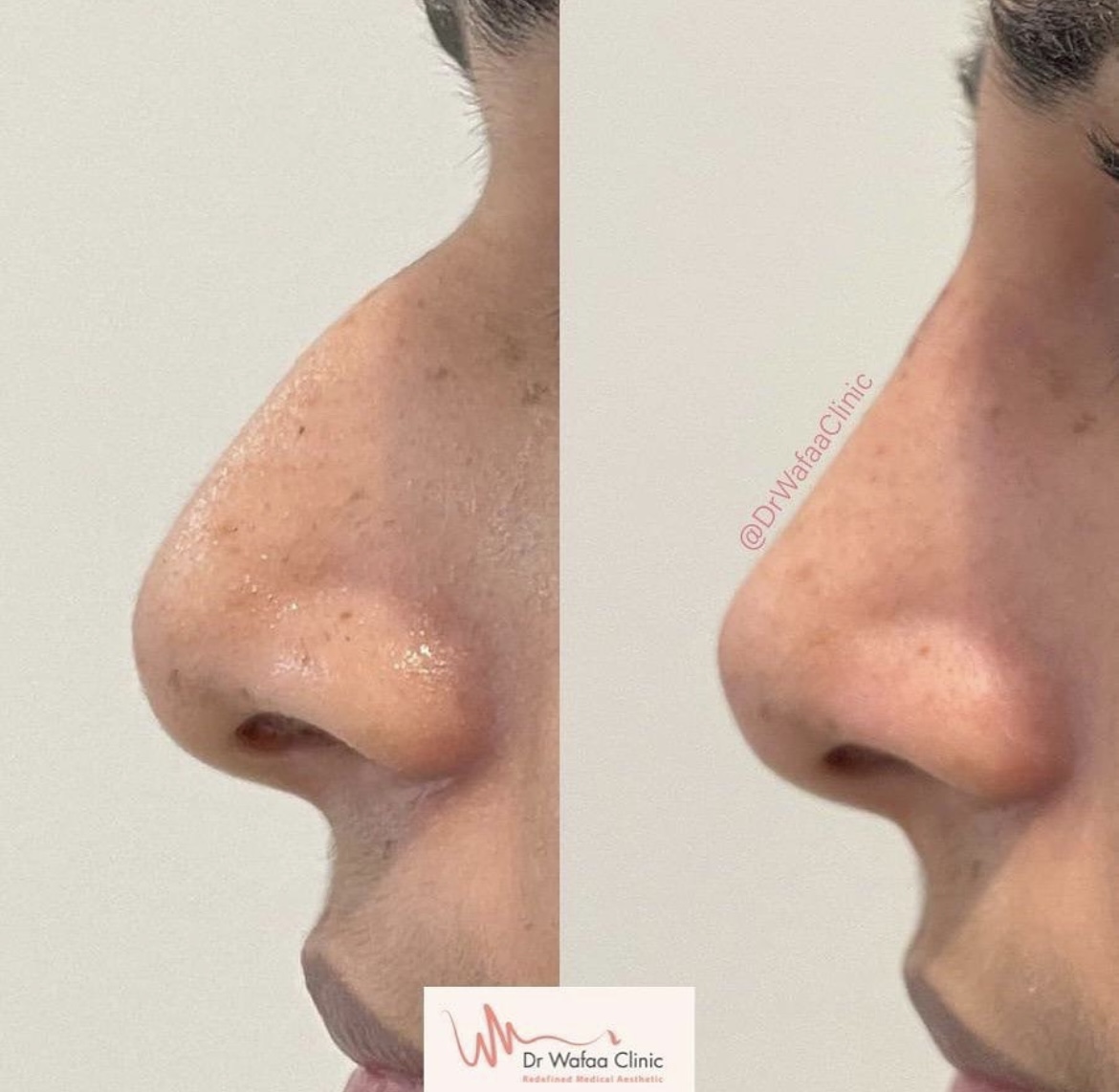
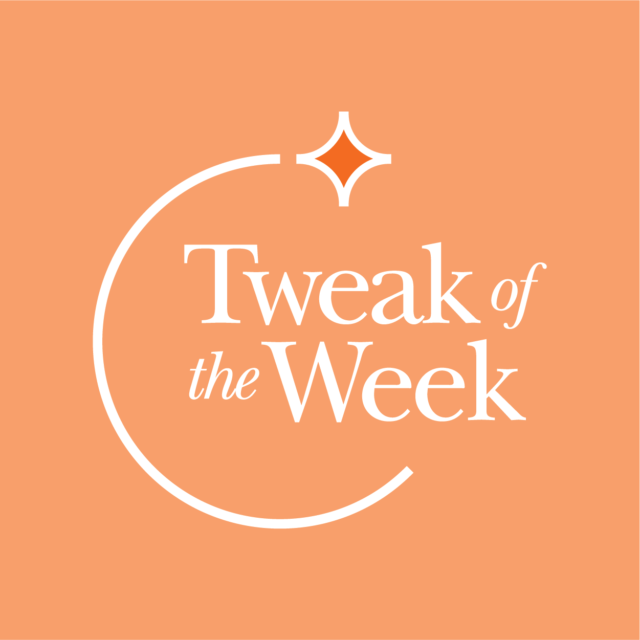

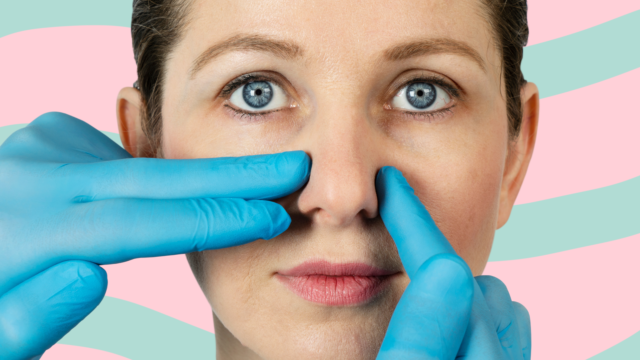
 The Tweakments Chatbot
The Tweakments Chatbot